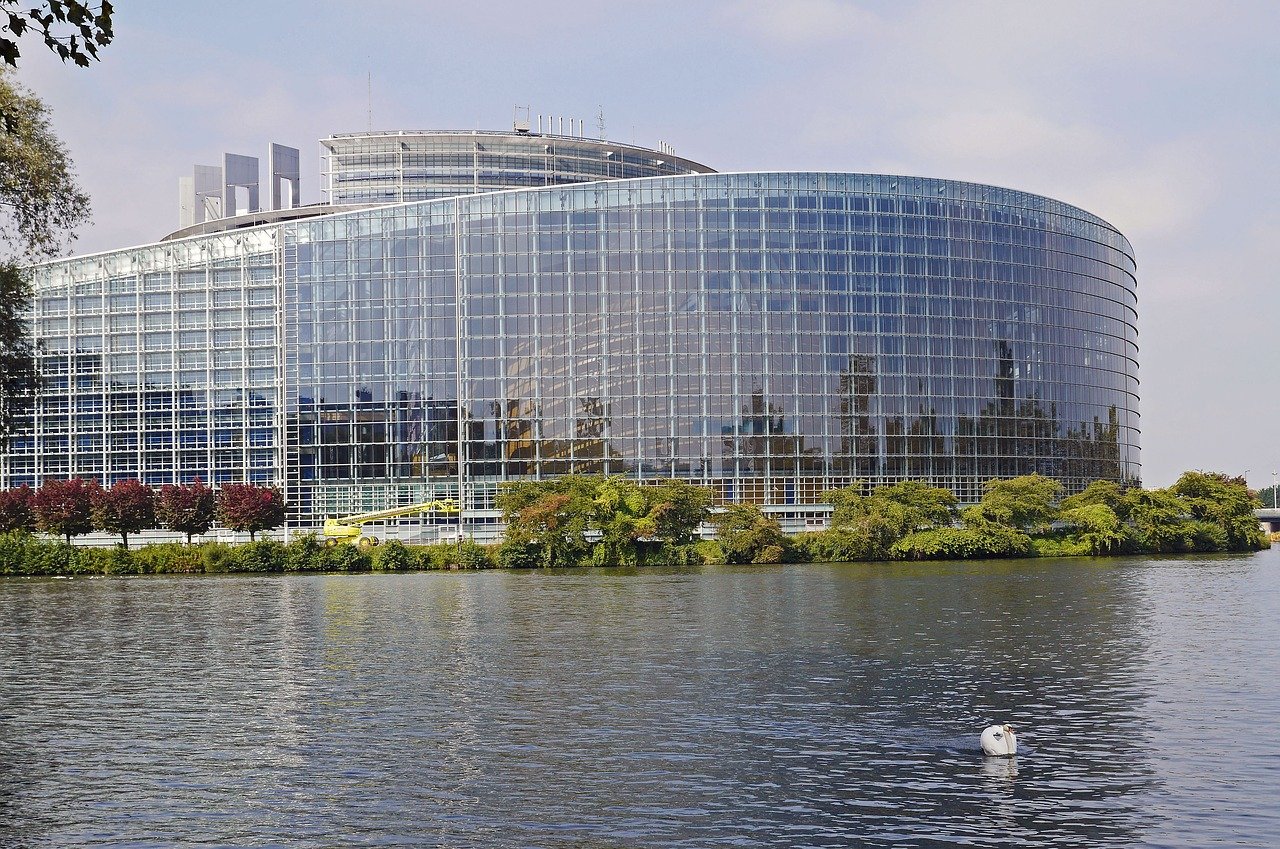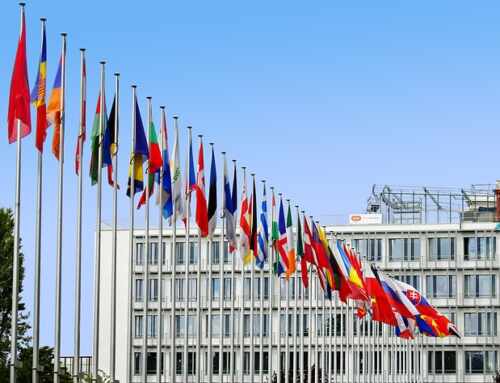After three years of negotiations, the European Parliament and the Council reached a political agreement in December 2023 on the EU Pact on Migration and Asylum. The agreement is a step towards a common system for managing migration in the EU.
The agreement covers five key proposals of the Pact:
- Detection regulation: create uniform rules regarding the identification of third-country nationals upon arrival, thus increasing security in the Schengen area;
- Eurodac Regulation: Develop a common database, collecting more precise and complete data to detect unauthorized movements;
- Regulation on asylum procedures: make asylum, return and border procedures faster and more effective;
Asylum Migration Management Regulation: establish a new solidarity mechanism between Member States, to balance the current system in which a few countries are responsible for the majority of asylum applications, and clear rules on the responsibility of asylum applications; - Crisis and force majeure regulation: Ensure that the EU is prepared in the future to deal with crisis situations, including the instrumentalization of migrants.
According to the European Commission, the Pact aims to guarantee the protection of the EU’s borders, establishing a common and comprehensive policy for the management of migration in the EU. It also introduces an external dimension to migration management, so that the EU can continue its work together with international partners and third countries.
Next steps and implementation
Once these proposals are formally adopted by the European Parliament and the Council, the pillars of the New Pact on Migration and Asylum will be in place. From here, specific legislative acts will be adopted and the Commission will help Member States to implement the new rules into their national legislation.





